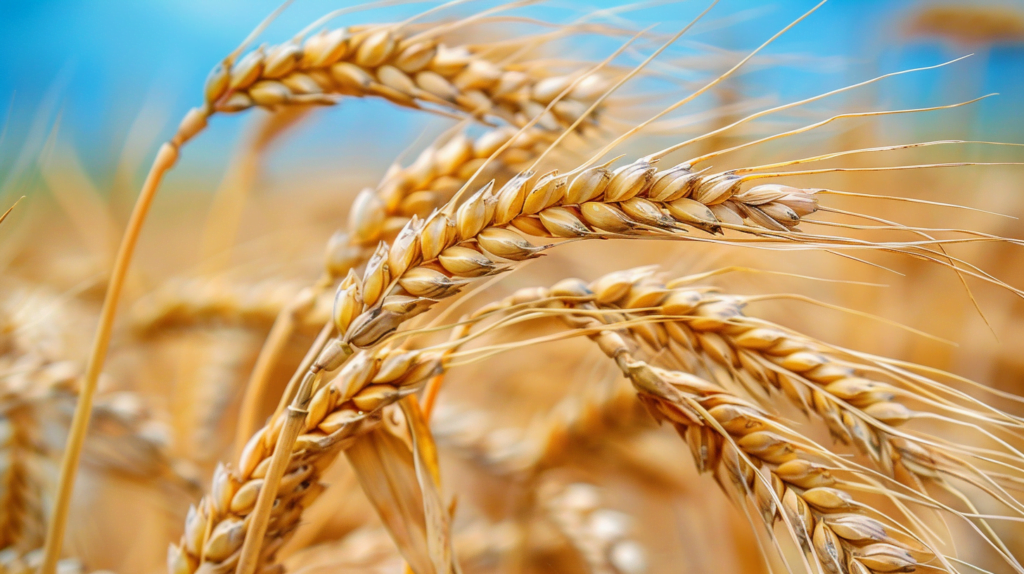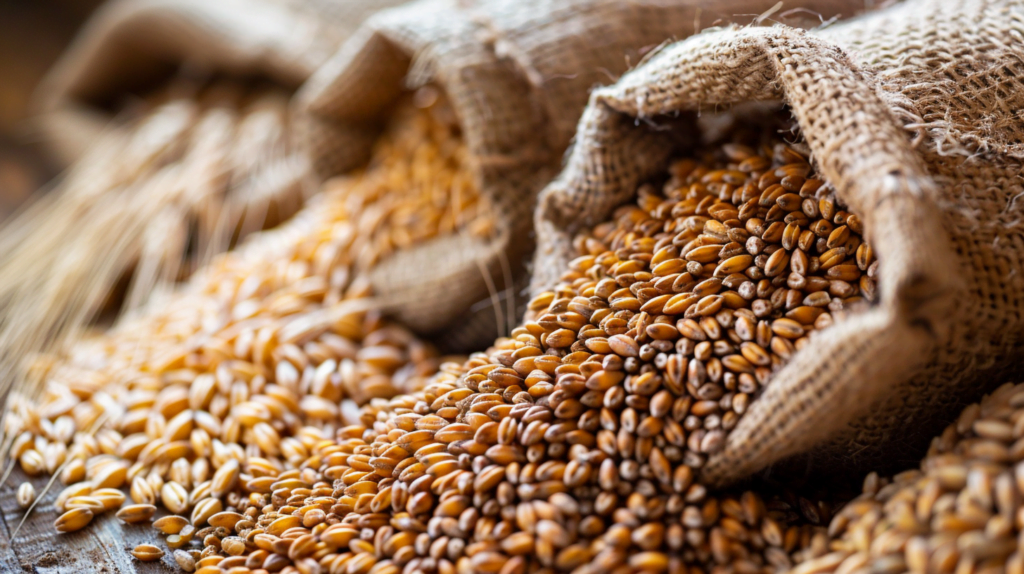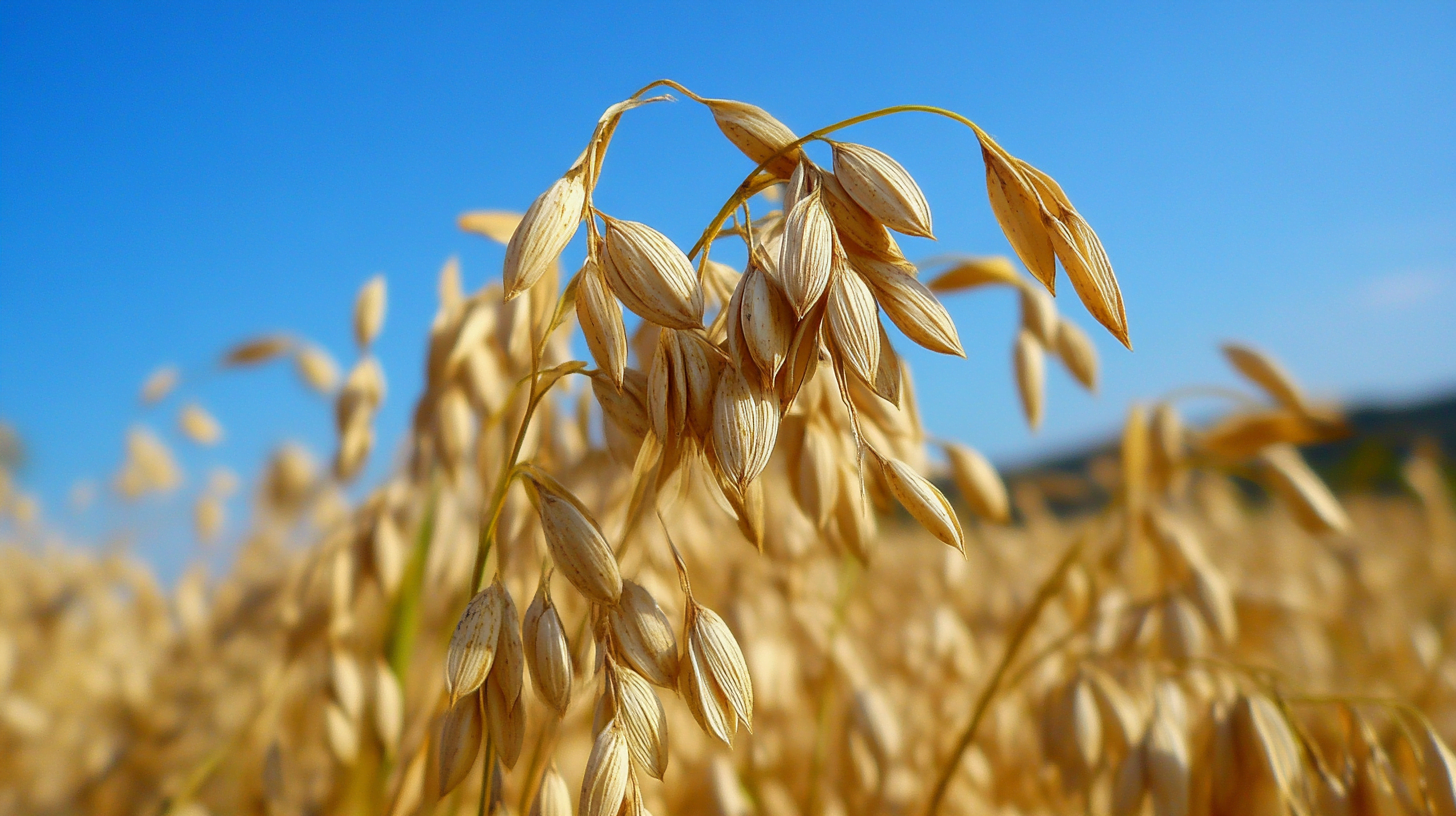Wheat is one of the most important commodities in the world, serving as a staple food for billions of people and a crucial source of income for farmers. Global wheat trade is a complex web of policies, agreements, and market forces that shape prices, influence farmer livelihoods, and ultimately affect food security worldwide. In this article, we’ll take an in-depth look at how global wheat trade works, the various policies that govern it, and their far-reaching consequences.
How Global Wheat Trade Works
The global wheat market is dominated by a handful of major exporters, including:
- Russia
- United States
- Canada
- Australia
- European Union
These countries account for the majority of wheat traded on the global market. On the other side of the equation are the key wheat importers, such as Egypt, Indonesia, Algeria, and Brazil, which rely heavily on foreign wheat to meet their domestic demand.
Wheat prices are determined by a complex interplay of supply and demand factors, including weather conditions, production levels, and market speculation. Futures markets and commodity exchanges, such as the Chicago Board of Trade, play a crucial role in setting global wheat prices by allowing traders to buy and sell contracts for future wheat deliveries.
Types of Wheat Trade Policies
Governments around the world employ various policies to regulate wheat trade and protect their domestic markets. Some common wheat trade policies include:
- Export restrictions and bans: Countries may limit or prohibit wheat exports to ensure adequate domestic supplies or to keep prices low for their own consumers.
- Import tariffs and quotas: Governments may impose taxes or limits on foreign wheat imports to protect domestic farmers from competition.
- Domestic subsidies: Many countries provide financial support to their wheat farmers, such as direct payments or price guarantees, to help them remain competitive in the global market.
- Government procurement and stockpiling: Some governments purchase wheat from their farmers and maintain reserves to ensure stable supplies and prices.
- Trade agreements and disputes: Countries often negotiate bilateral or multilateral trade deals to govern wheat trade, but these agreements can also lead to disputes and retaliatory measures.
Impact of Trade Policies on Wheat Prices
Wheat trade policies can have significant impacts on global prices. For example:
- Export bans and restrictions can cause prices to spike as supplies tighten, as happened during Russia’s 2010 export ban following severe drought and wildfires.
- Import barriers, such as tariffs and quotas, can keep domestic wheat prices artificially high by limiting foreign competition.
- Subsidies can make wheat cheaper on the global market by allowing farmers to sell at lower prices, but this can also lead to overproduction and price distortions.
- Panic buying and hoarding during crises, such as the COVID-19 pandemic, can cause prices to surge as countries rush to secure adequate supplies.
Consequences for Wheat Farmers
Wheat farmers around the world are directly affected by the volatility and uncertainty created by global trade policies. Price fluctuations can make it difficult for farmers to plan and invest, while subsidized foreign wheat can undercut their competitiveness.
Some governments try to protect their farmers with price controls or purchase guarantees, but these policies can also have unintended consequences, such as encouraging overproduction or discouraging innovation. Climate change and extreme weather events, such as droughts or floods, add further challenges for wheat farmers trying to maintain stable yields and incomes.
Implications for Global Food Security
Wheat is a critical component of diets worldwide, particularly in developing countries where it is a major source of calories and protein. When wheat prices rise, it can have devastating impacts on the poorest and most vulnerable populations, leading to increased poverty, hunger, and malnutrition.
Trade policies that disrupt global wheat supplies, such as export bans or hoarding, can exacerbate food insecurity by making wheat scarce or unaffordable. The COVID-19 pandemic provided a stark reminder of how quickly trade restrictions can escalate and threaten global food supplies.
To prevent such crises, there is a clear need for more international cooperation and coordination on wheat trade policies. This could include measures such as:
- Establishing global food reserves to buffer against supply shocks
- Providing safety nets and assistance to vulnerable populations
- Investing in climate-resilient wheat varieties and farming practices
- Promoting more transparent and predictable trade rules

Case Studies
To illustrate the real-world impacts of wheat trade policies, let’s look at a few recent examples:
Russia’s 2010 Export Ban
In 2010, Russia experienced a severe drought and wildfires that devastated its wheat crop. In response, the government banned wheat exports to ensure adequate domestic supplies and keep prices low. While this helped Russian consumers, it sent shockwaves through the global wheat market, causing prices to surge by over 50% in just a few weeks.
The export ban hurt many importing countries that relied on Russian wheat, particularly in the Middle East and North Africa. It also damaged Russia’s reputation as a reliable supplier and prompted some countries to diversify their wheat sources to reduce future risks.
India’s Minimum Support Prices
India is the world’s second-largest wheat producer, but it has historically been a minor player in global wheat trade. However, in recent years, the government has set high minimum support prices for wheat farmers, essentially guaranteeing them a profitable return.
While this policy has helped boost farmer incomes and production, it has also led to large surpluses and overflowing government stockpiles. In 2020, India took the unusual step of exporting some of this excess wheat, putting downward pressure on global prices and drawing complaints from other exporters like the US and Australia.
US-China Trade War
In 2018, the United States and China became embroiled in a bitter trade war, with both sides imposing steep tariffs on each other’s goods. Wheat was caught in the crossfire, with China imposing a 25% tariff on US wheat imports.
This hurt US wheat farmers, who had been expanding their exports to China in recent years. It also caused some disruption in the global wheat market as traders adjusted to the new tariffs and sought alternative suppliers. However, the overall impact was relatively muted, as China is not a major wheat importer and had other sources available.
Ukraine Conflict
In 2022, Russia’s invasion of Ukraine sent shockwaves through global wheat markets, as the two countries together account for nearly 30% of global wheat exports. The conflict disrupted planting, harvesting, and shipping, causing prices to surge to record highs.
The impacts were felt most acutely in countries that rely heavily on Ukrainian and Russian wheat, such as Egypt, Turkey, and Bangladesh. The UN warned of a potential global food crisis as supplies tightened and prices soared, particularly for the poorest and most import-dependent countries.

Conclusion
Global wheat trade is a complex and often contentious issue, with far-reaching implications for prices, farmer livelihoods, and food security worldwide. As we’ve seen, trade policies such as export bans, import tariffs, and subsidies can have significant and sometimes unintended consequences for the global wheat market.
Looking ahead, there is a clear need for more international cooperation and coordination to ensure a stable, predictable, and equitable global wheat trade system. This will require balancing the interests of producers and consumers, importers and exporters, and rich and poor countries alike.
Some key priorities should include:
- Establishing clear and transparent rules for wheat trade, including limits on export restrictions and subsidies
- Investing in climate-resilient wheat production and infrastructure to reduce supply risks
- Providing targeted assistance and safety nets to the most vulnerable populations
- Promoting more diverse and resilient wheat supply chains to reduce dependence on a few major exporters
By working together to address these challenges, the global community can help ensure that wheat remains an affordable, accessible, and sustainable staple food for people around the world.
FAQs
- What is the world’s biggest wheat producing country?
China is the world’s largest wheat producer, followed by India, Russia, and the United States. - How much wheat is traded globally each year?
Global wheat trade averages around 200 million metric tons per year, or about a quarter of total production. - Why do governments sometimes restrict wheat exports?
Governments may restrict exports to ensure adequate domestic supplies, keep prices low for consumers, or protect their own farmers from competition. - How do subsidies affect global wheat prices?
Subsidies can make wheat cheaper on the global market by allowing farmers to sell at lower prices, but this can also distort markets and hurt unsubsidized producers. - Is wheat trade becoming more or less globalized?
Wheat trade has become increasingly globalized in recent decades, with more countries participating as both exporters and importers. However, trade tensions and protectionist policies have also created new barriers and uncertainties in the global wheat market.



